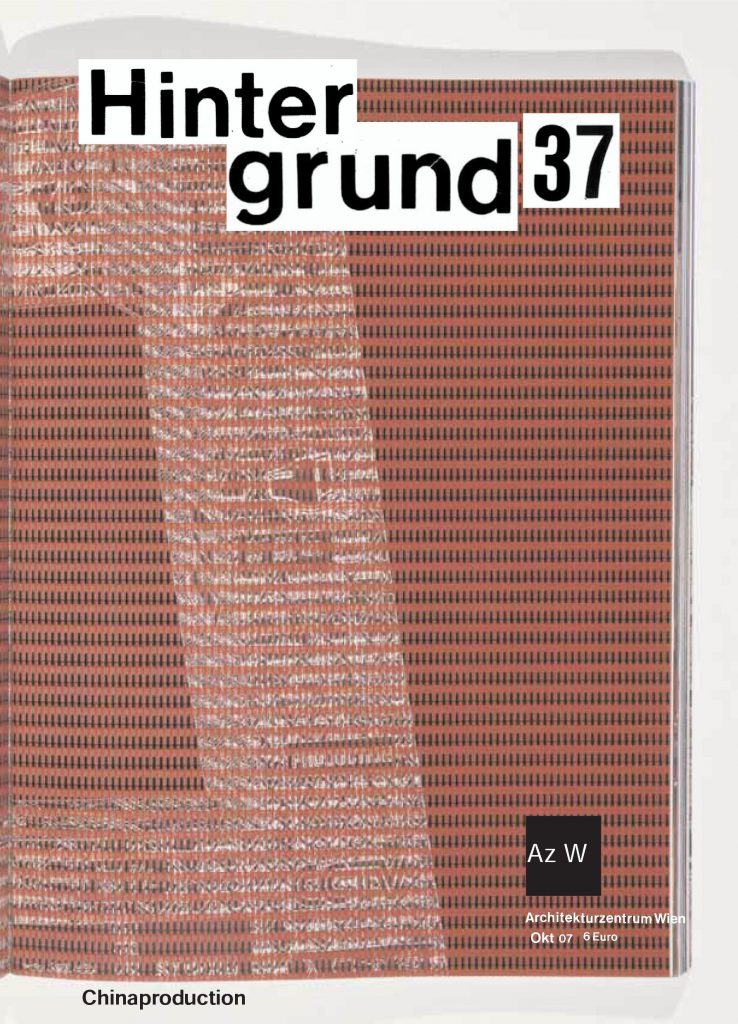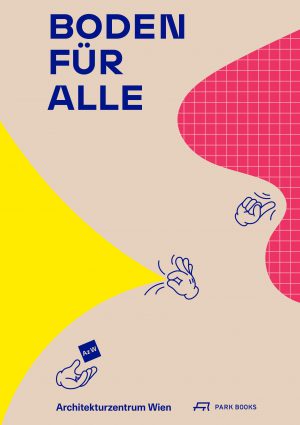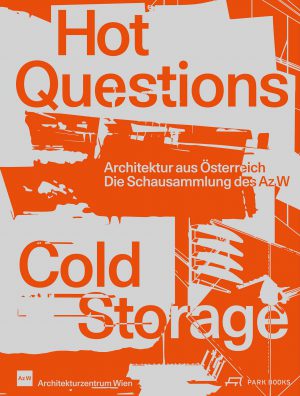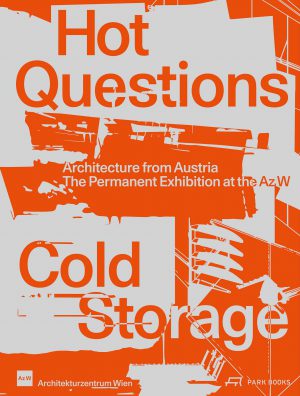
Under the title "Chinaproduction" the exhibition presented in the Az W reflects the current international debate about contemporary architecture in China that is developing from a Maoist-communist state to a political and economic superpower with Western tendencies. This Hintergrund 37 "Chinaproduction" is dedicated in detail to urbanization processes in China, which is mainly intended to fulfill economic growth and guarantee and promote the creation of added value. This issue of the Hintergrund 37 offers comprehensive information and provides multifaceted insights into the "world-laboratory" of urban planning and architecture that China has become.
6,00 €
incl. 10% VAT plus shipping costs




